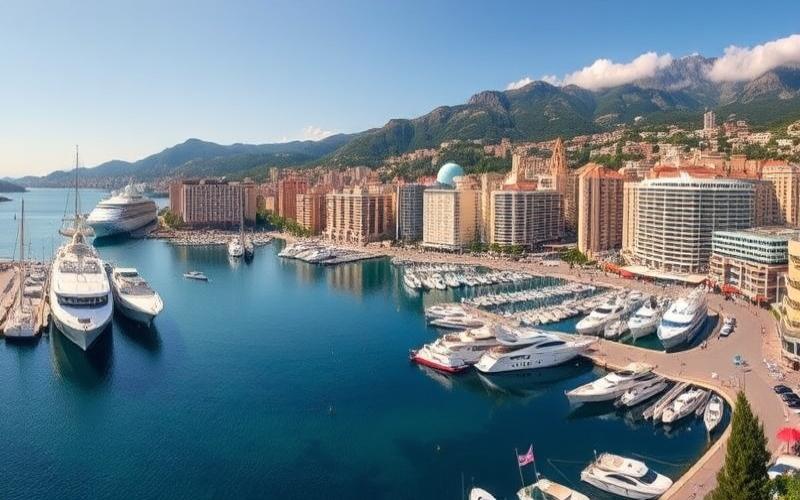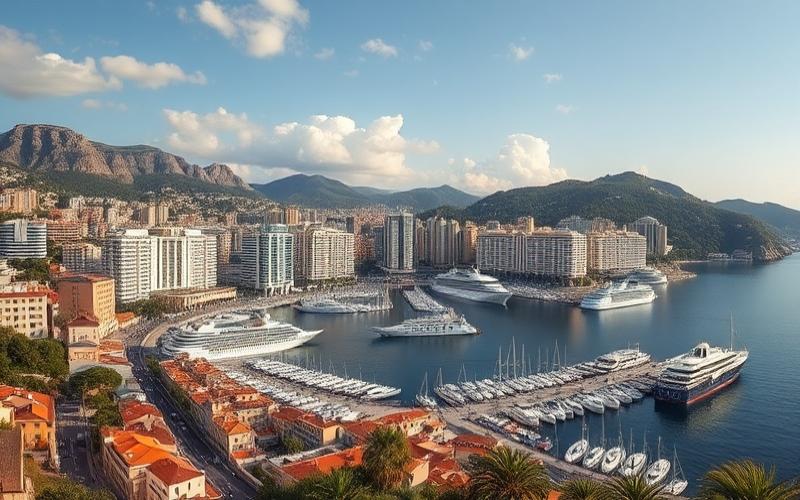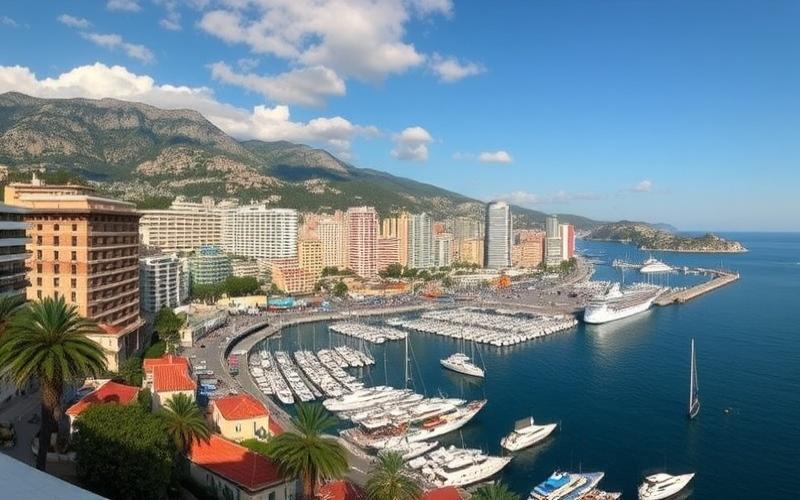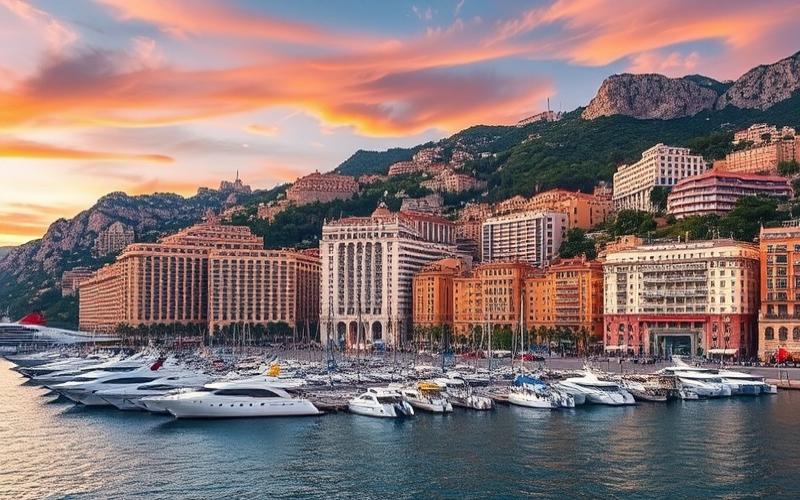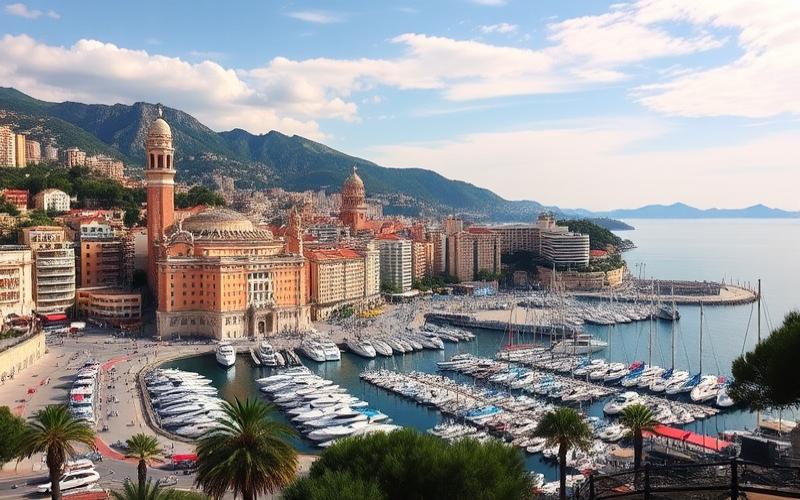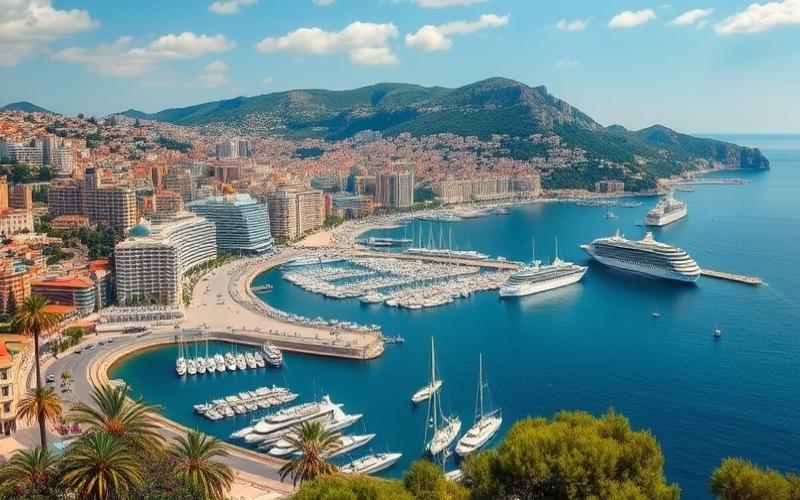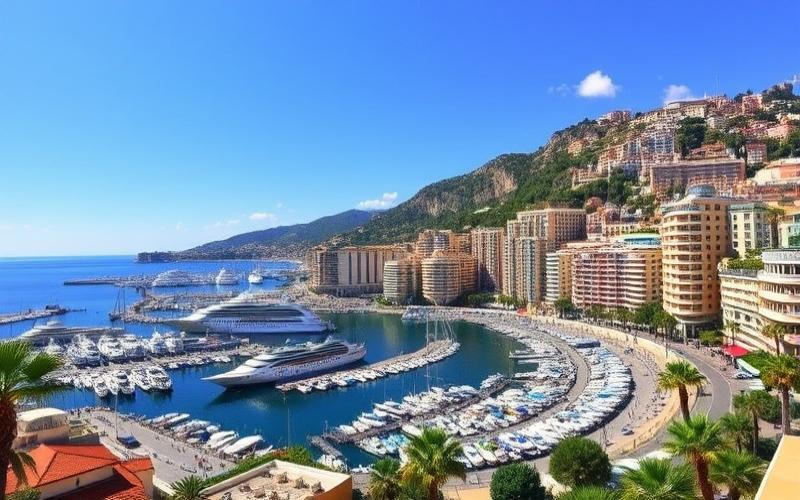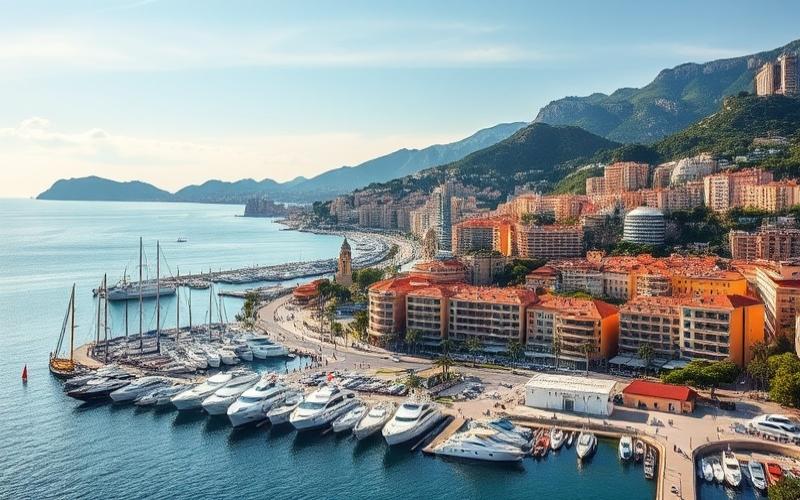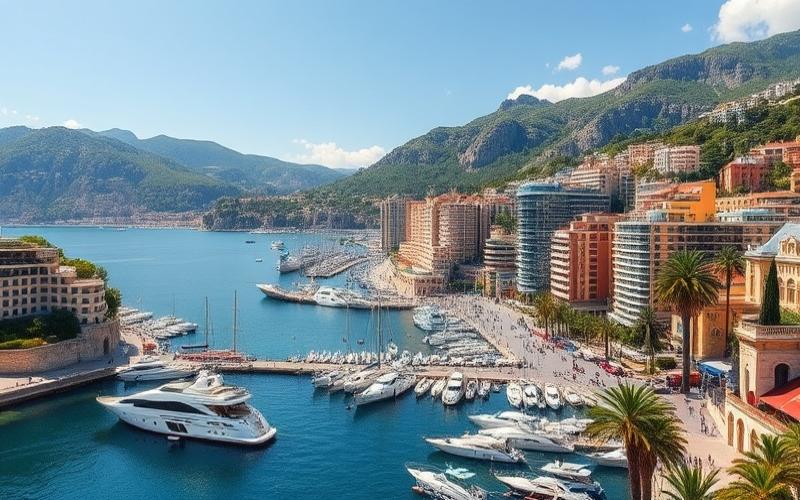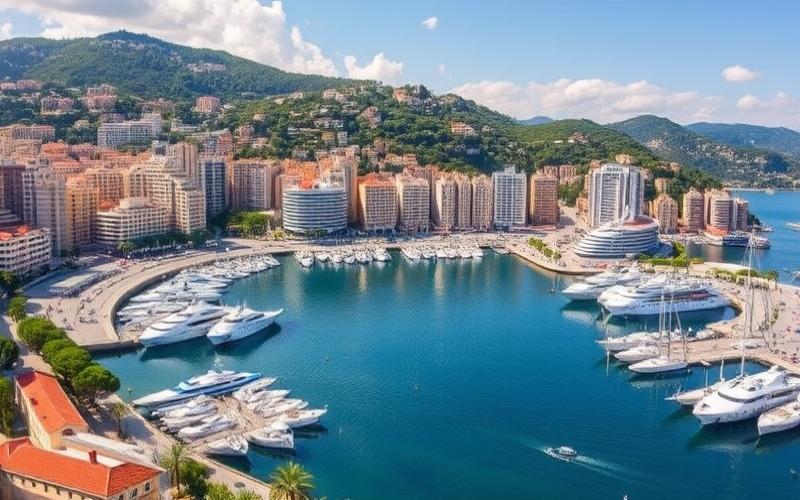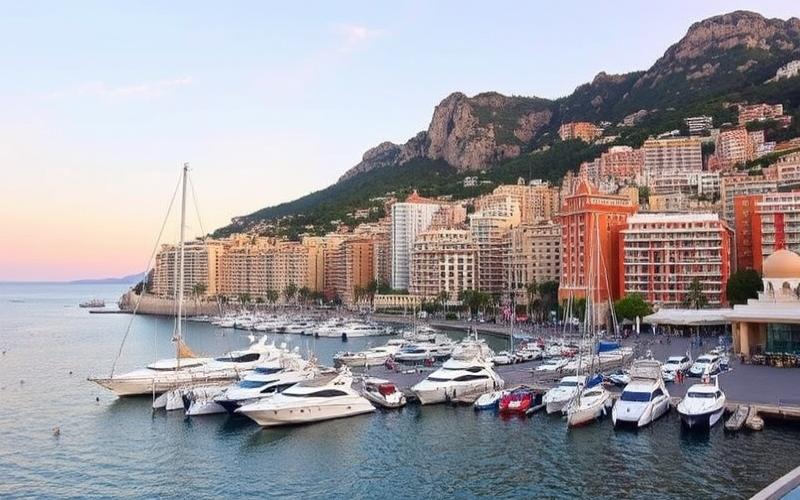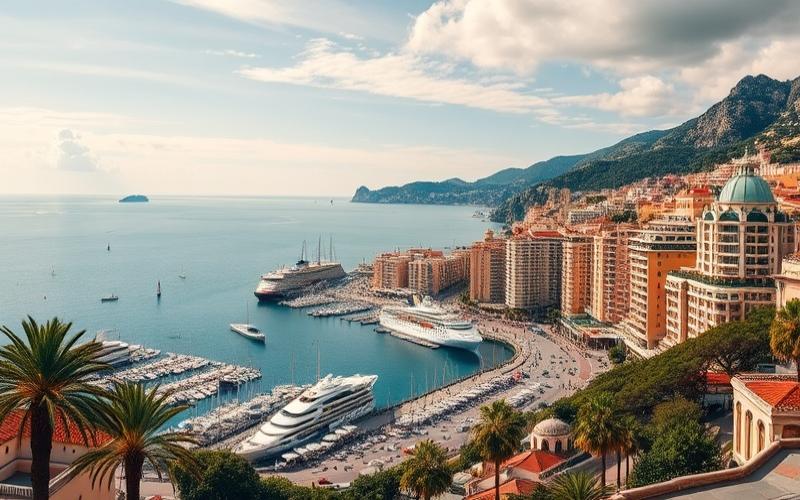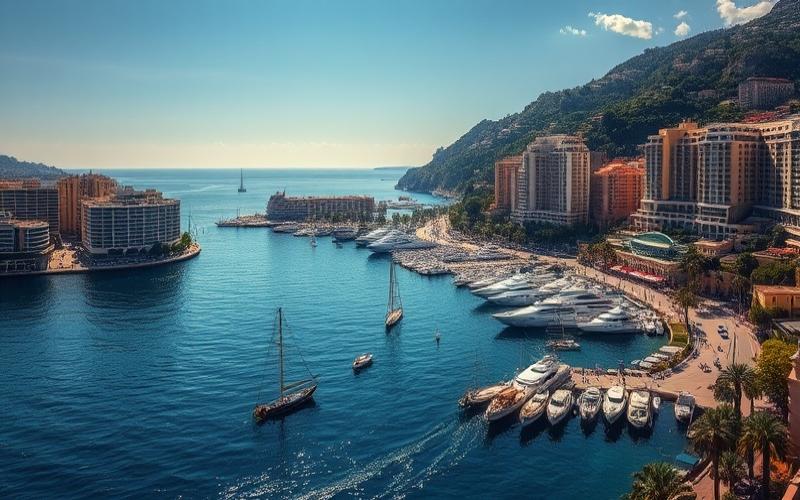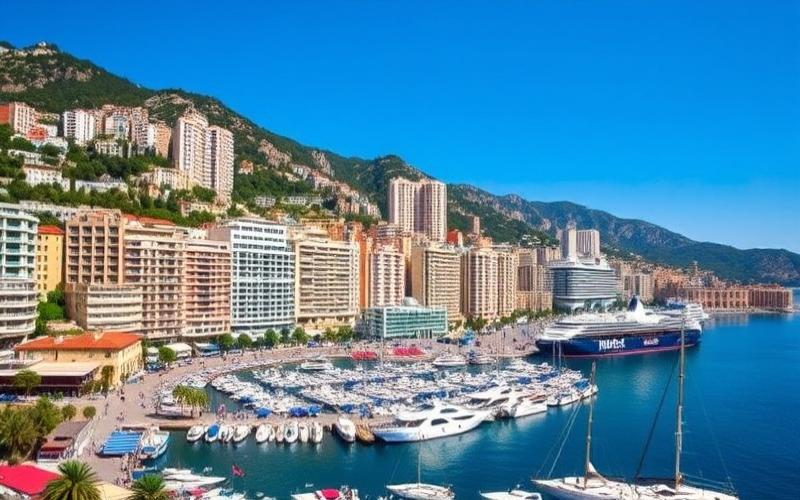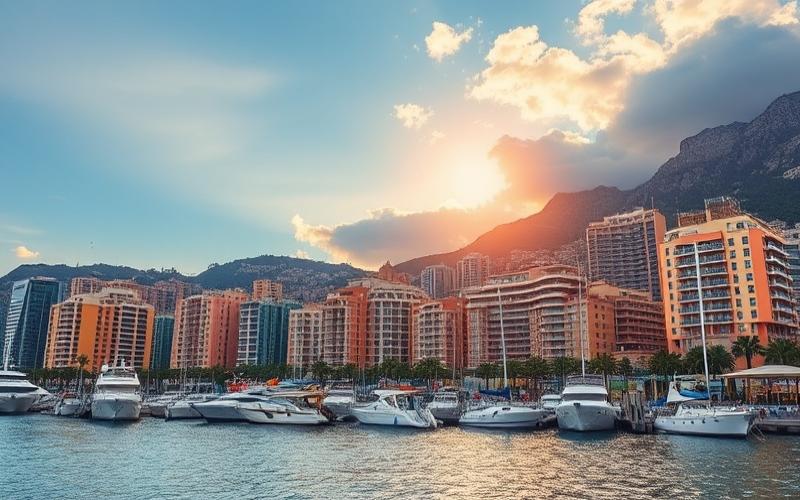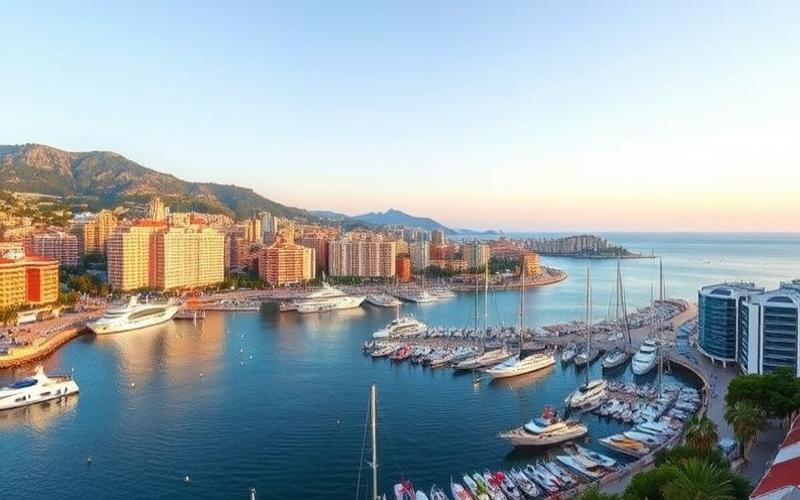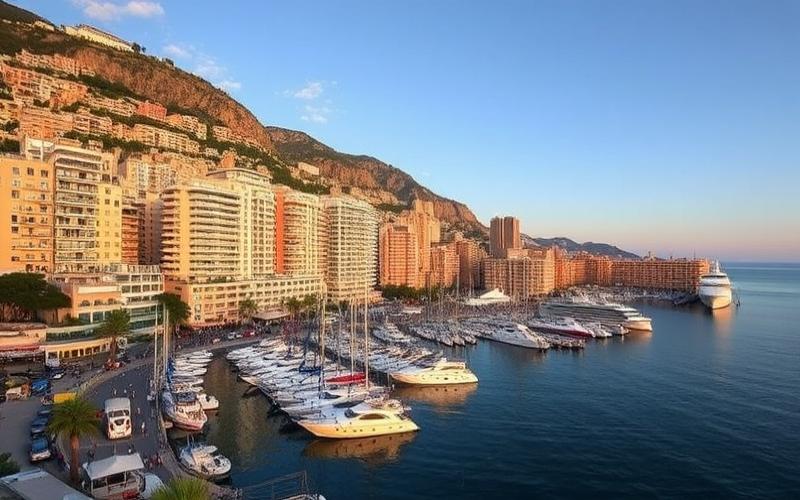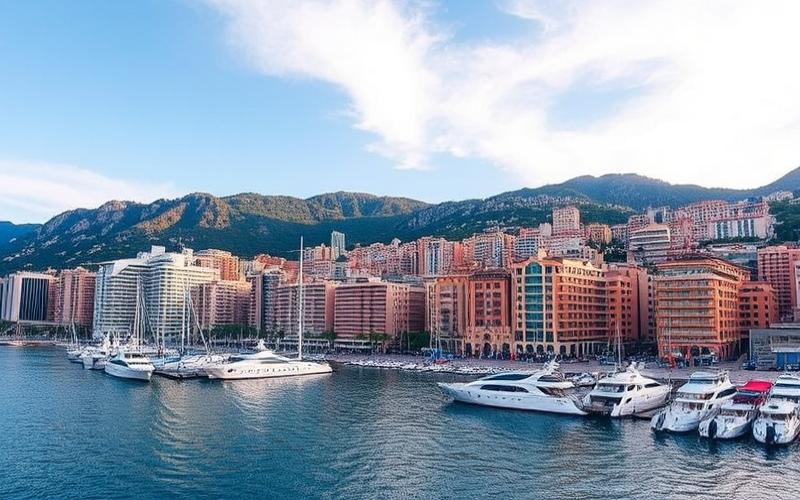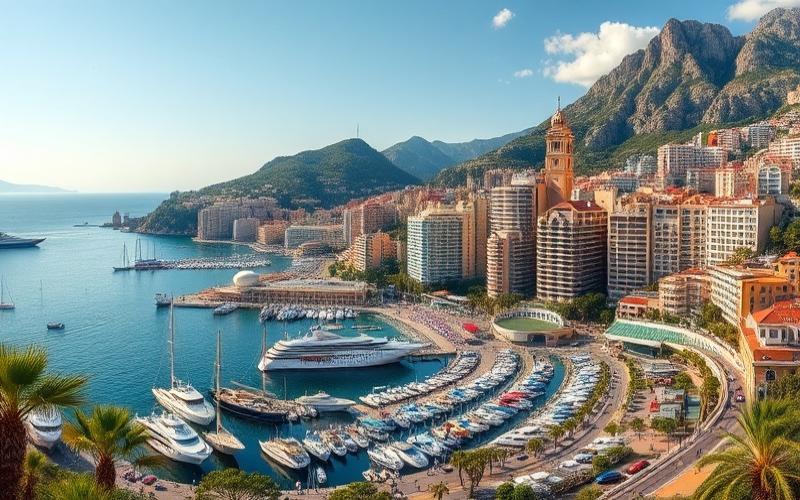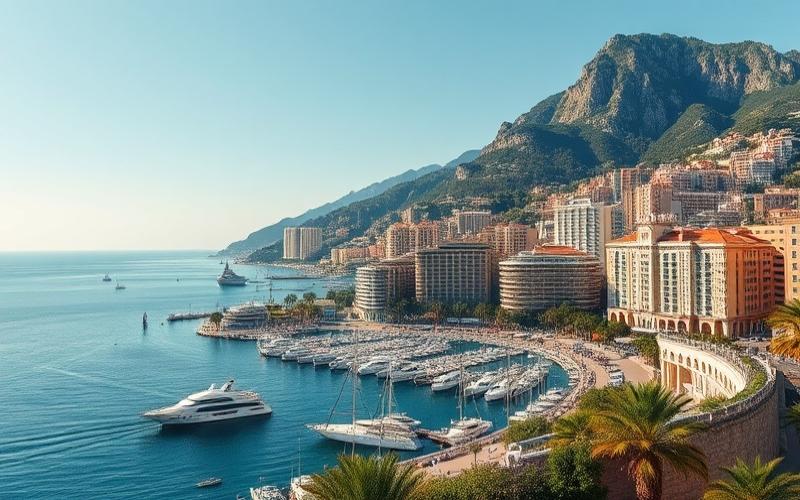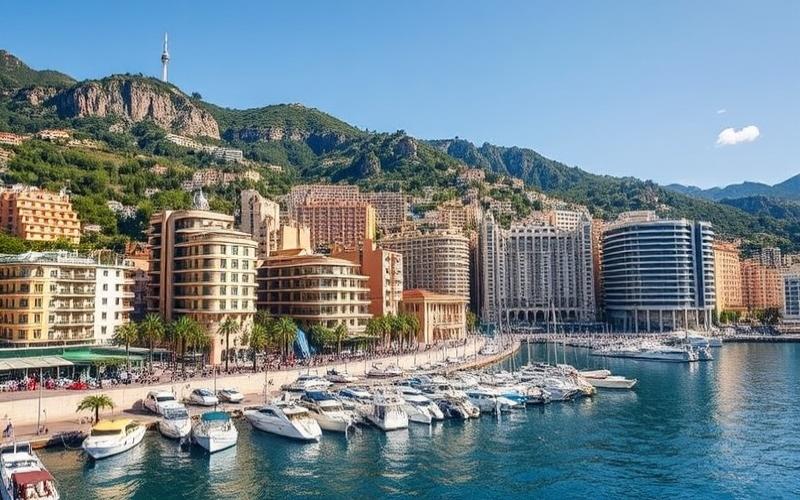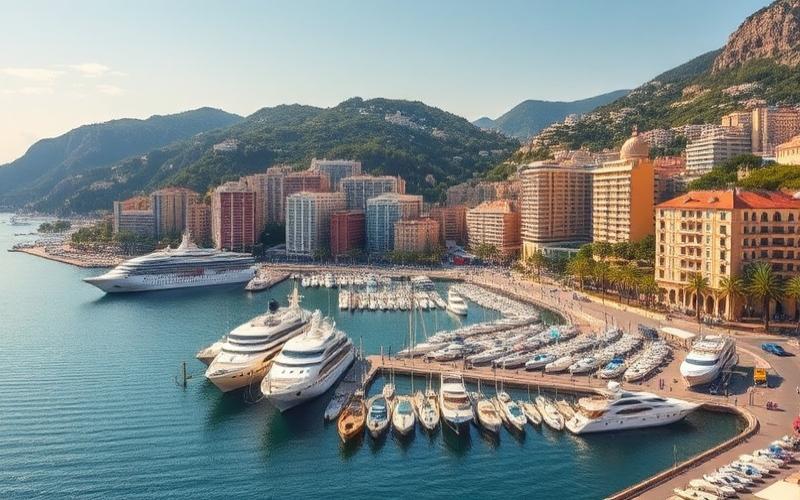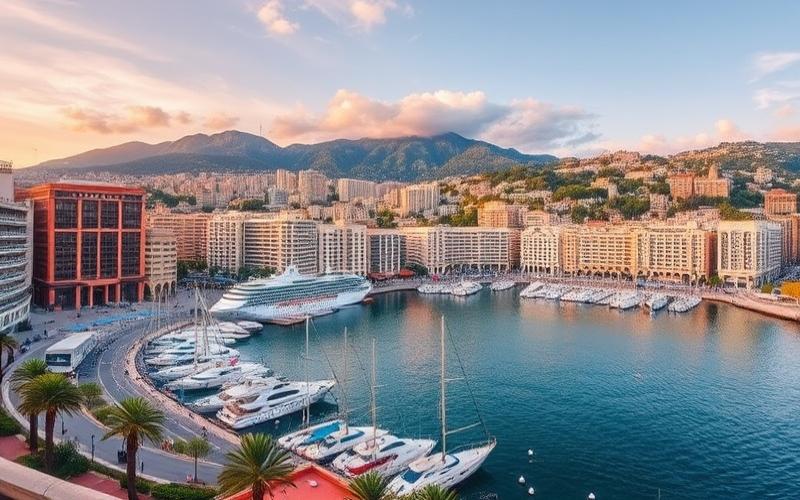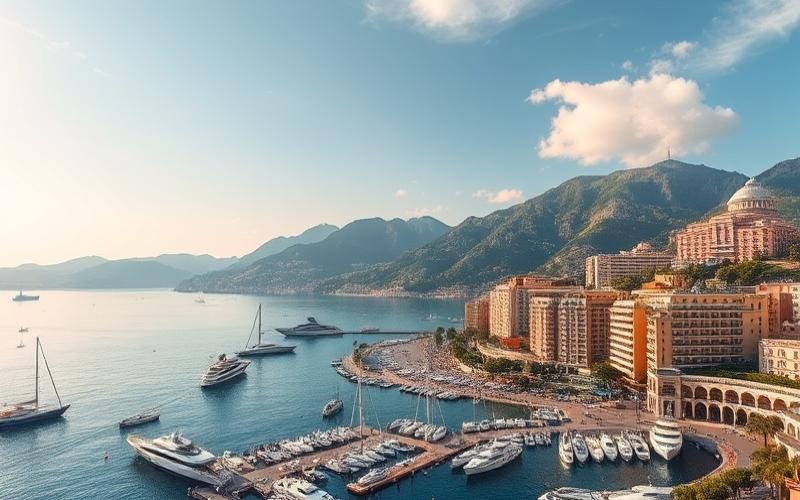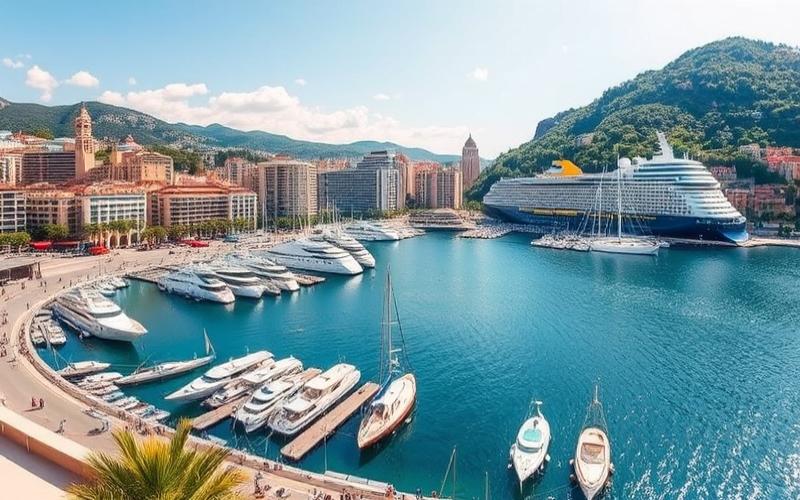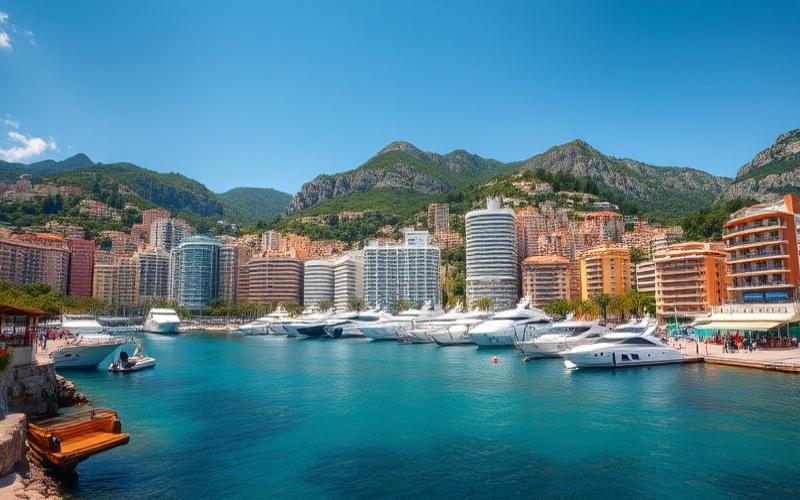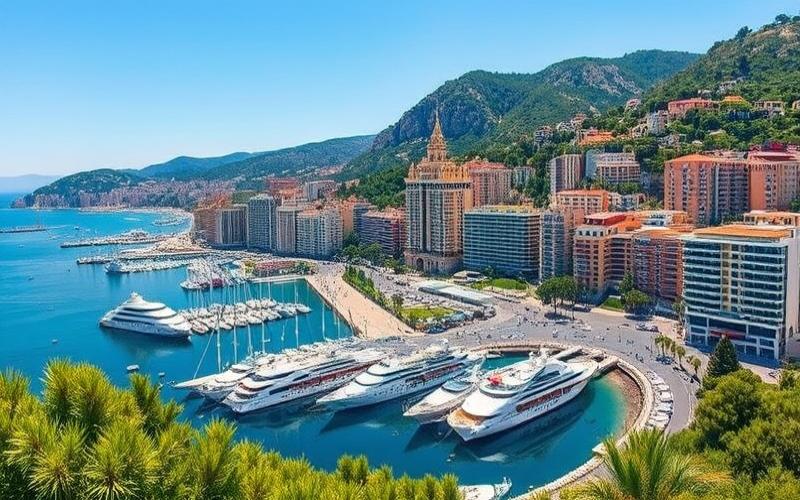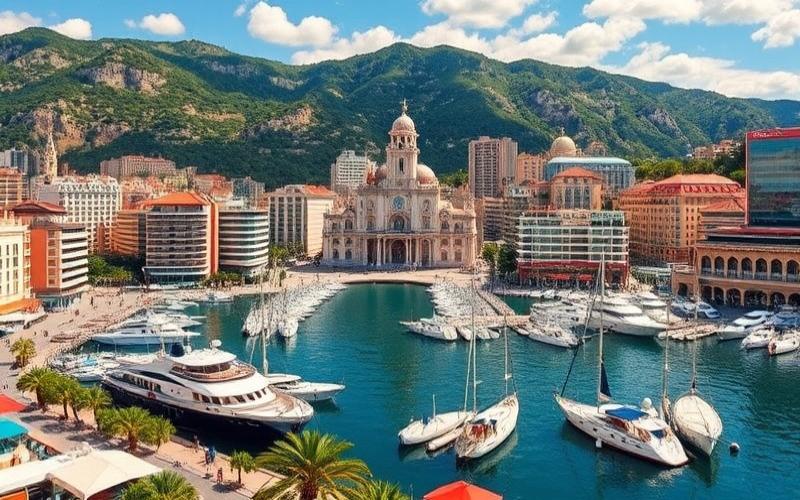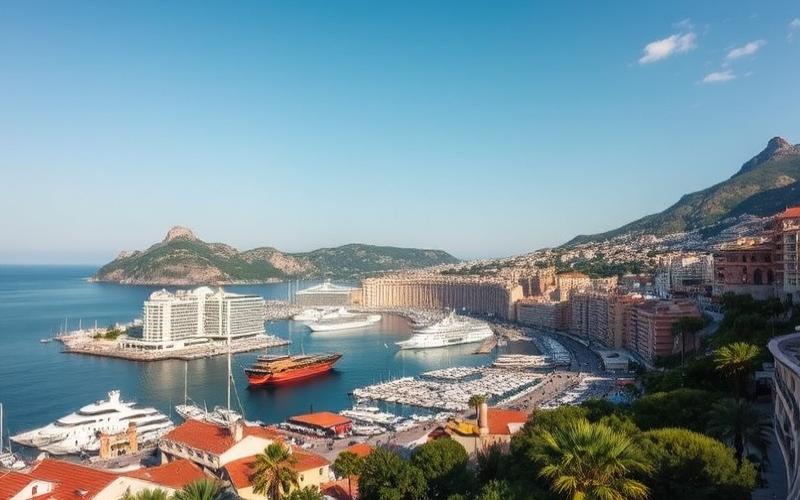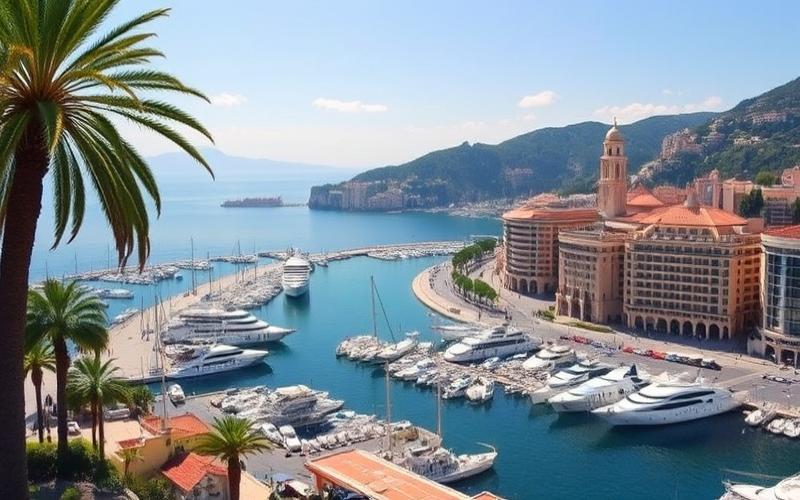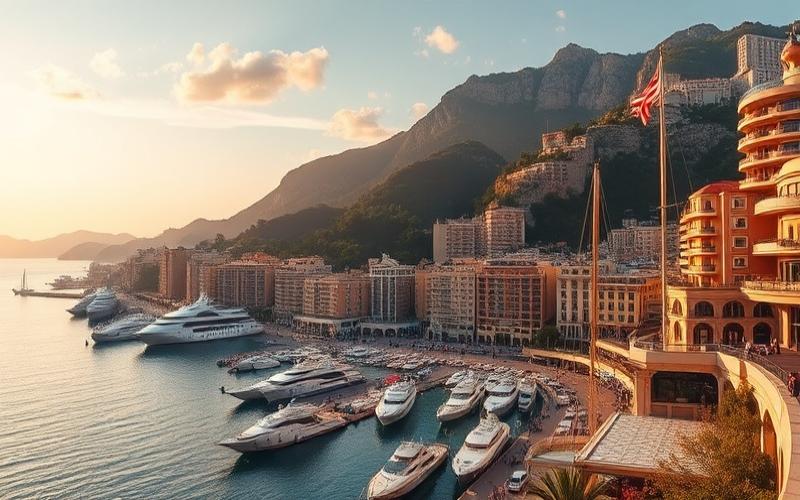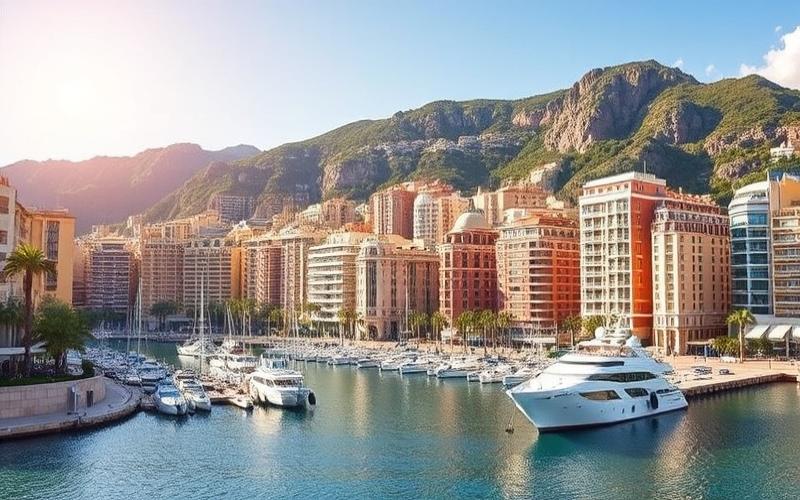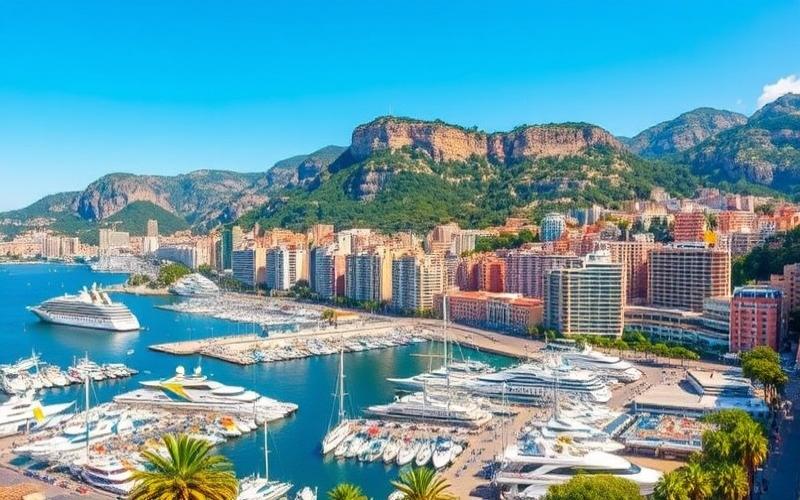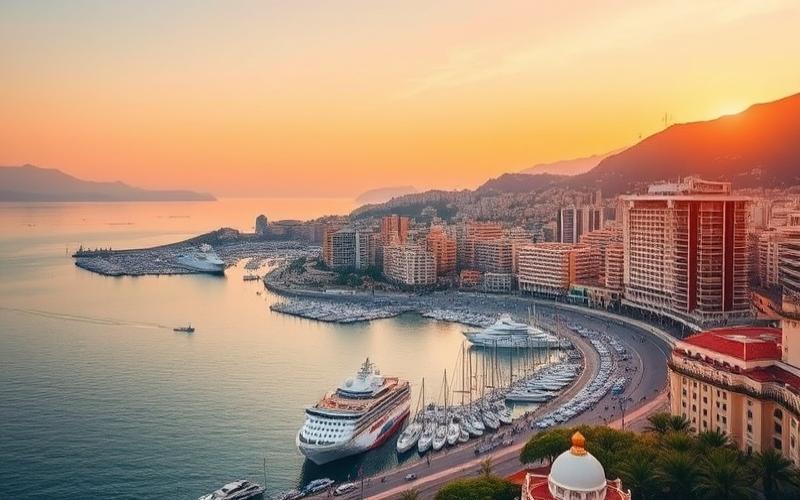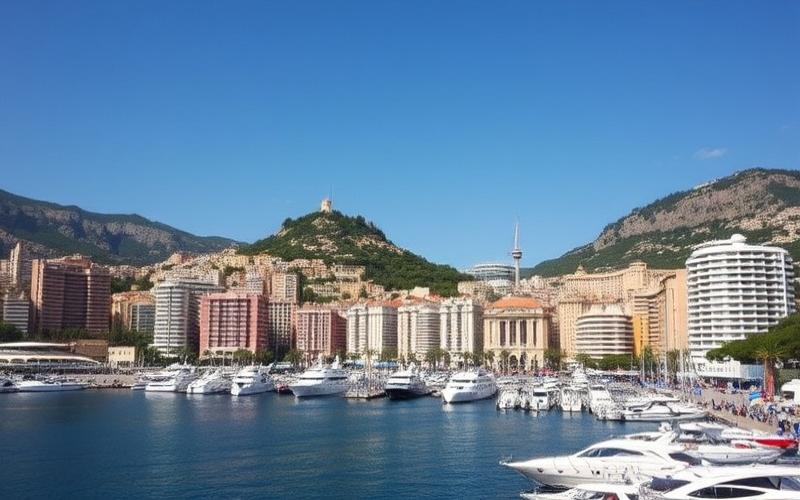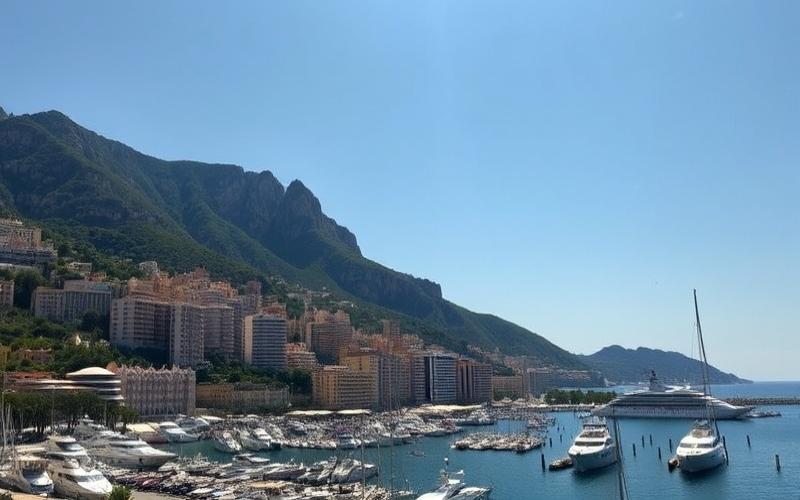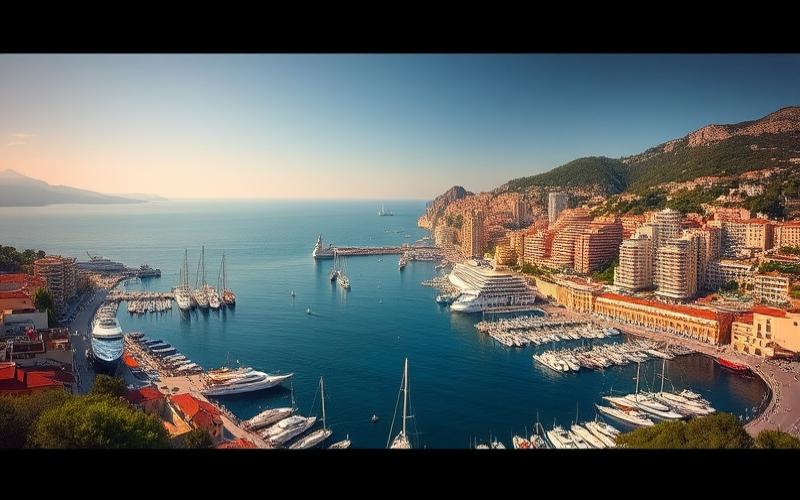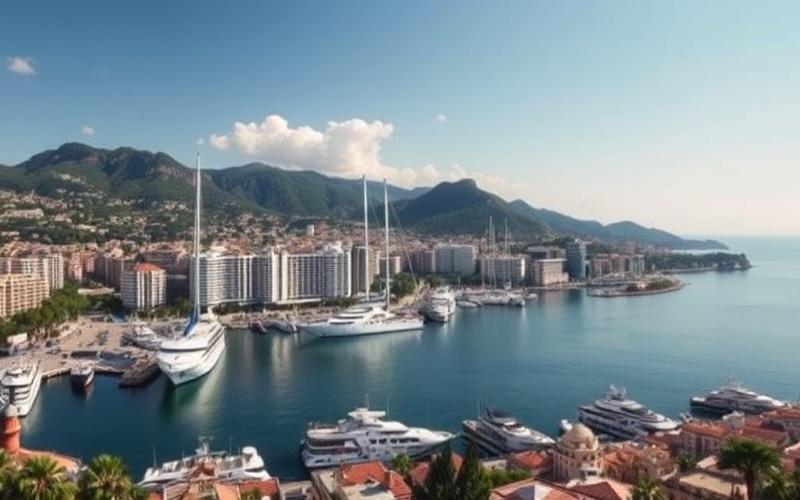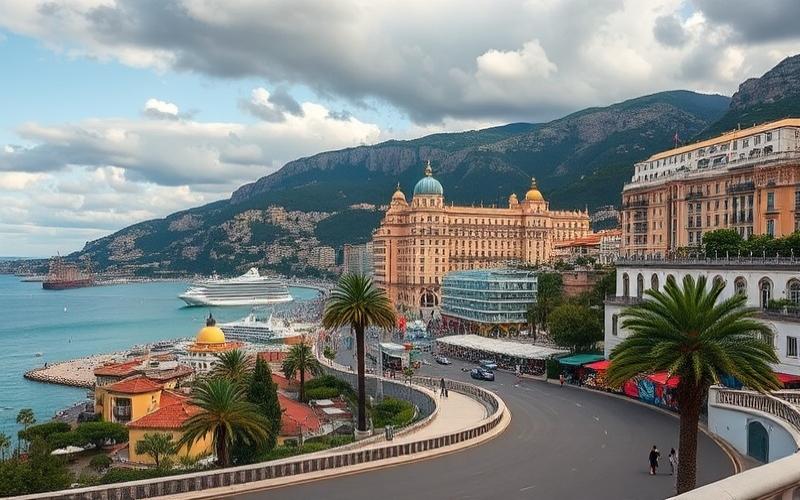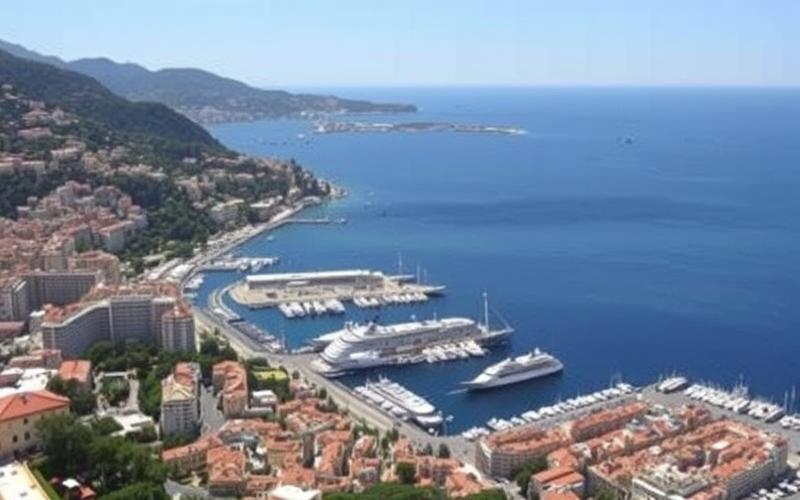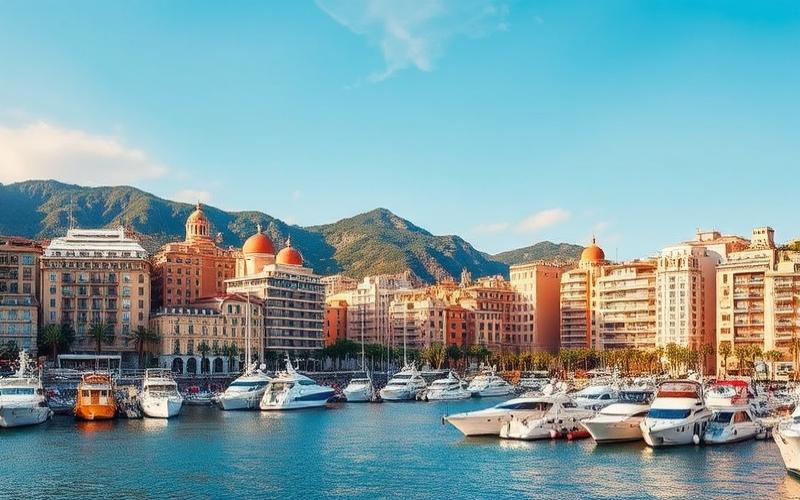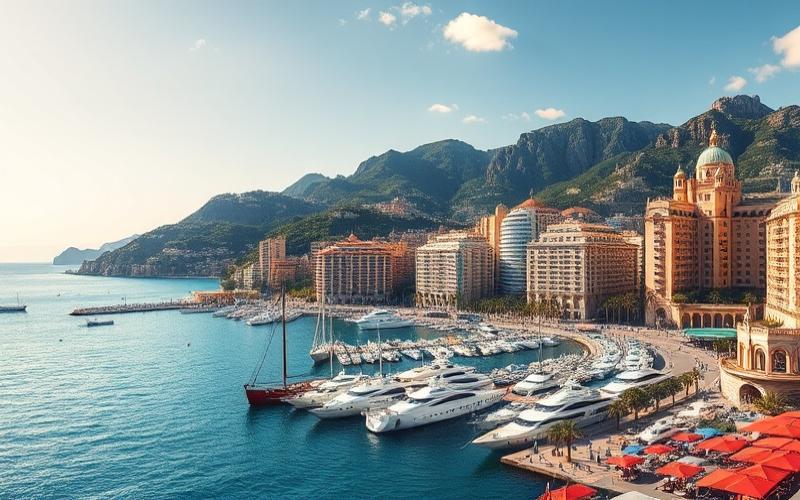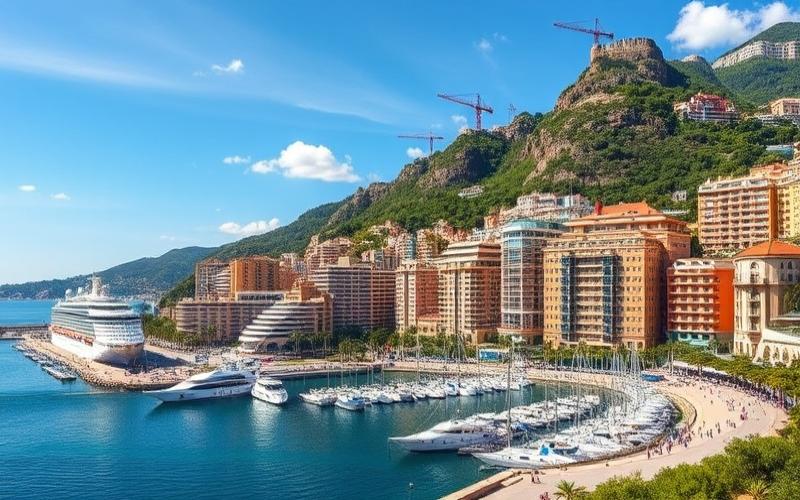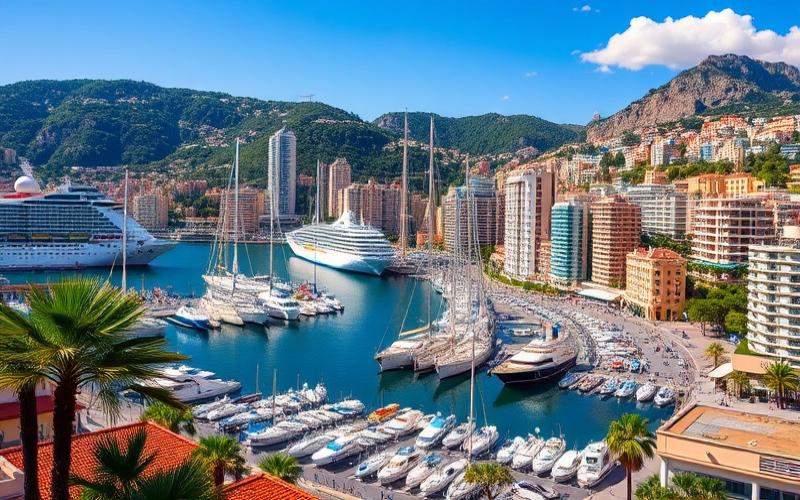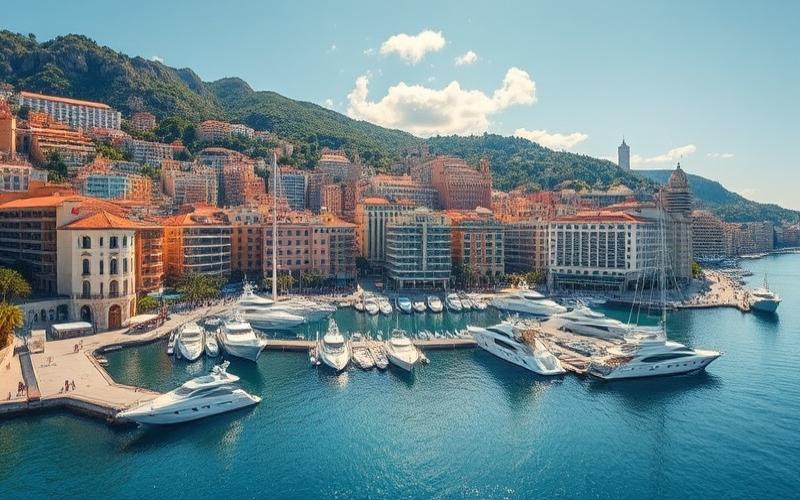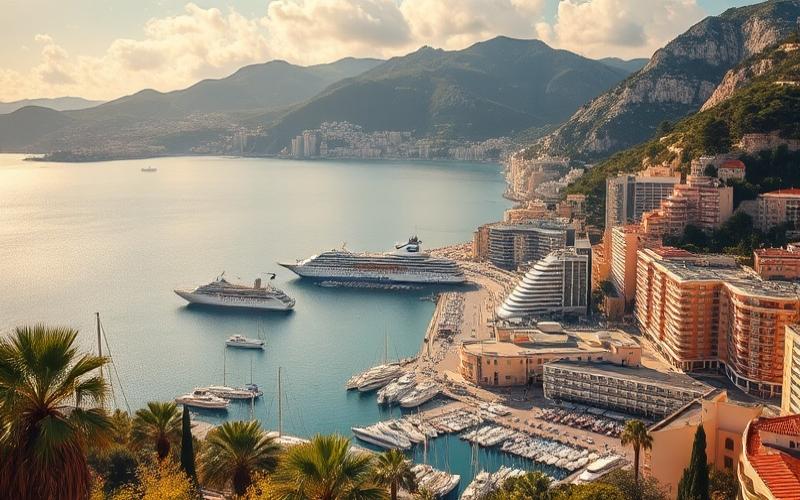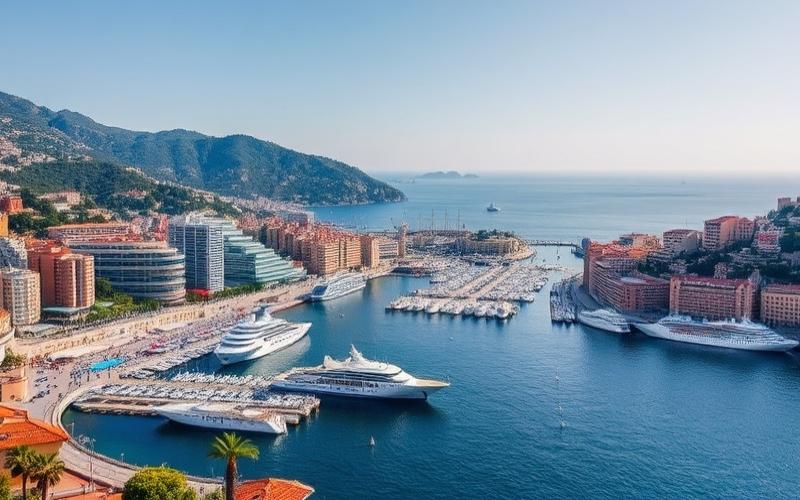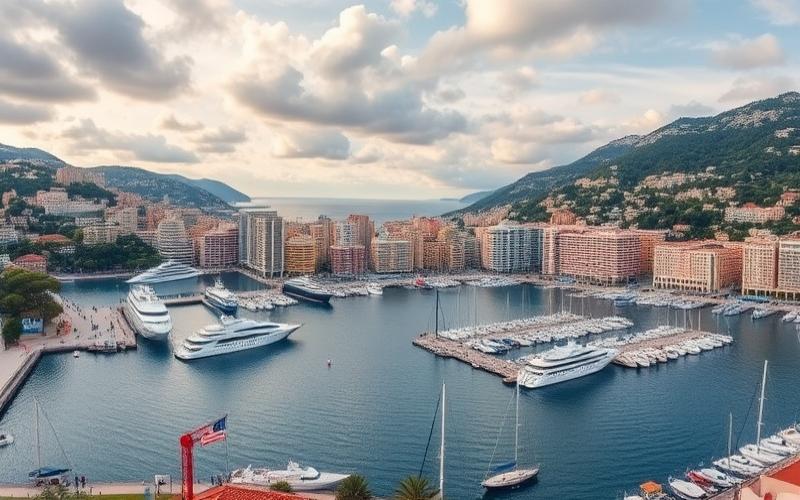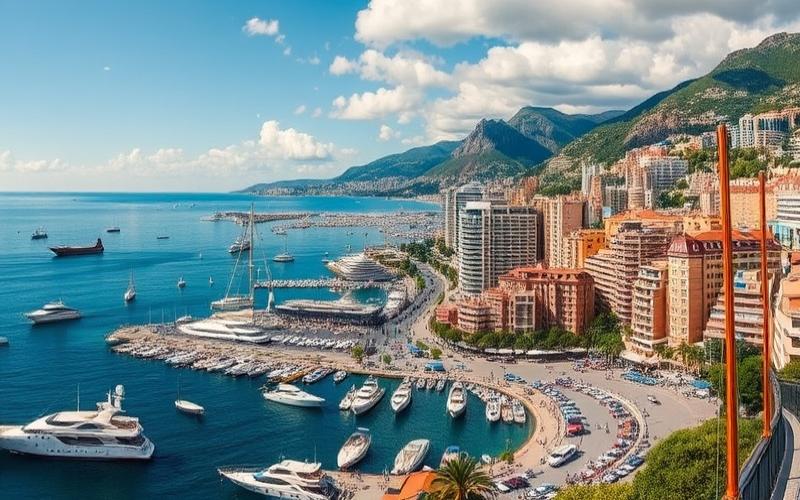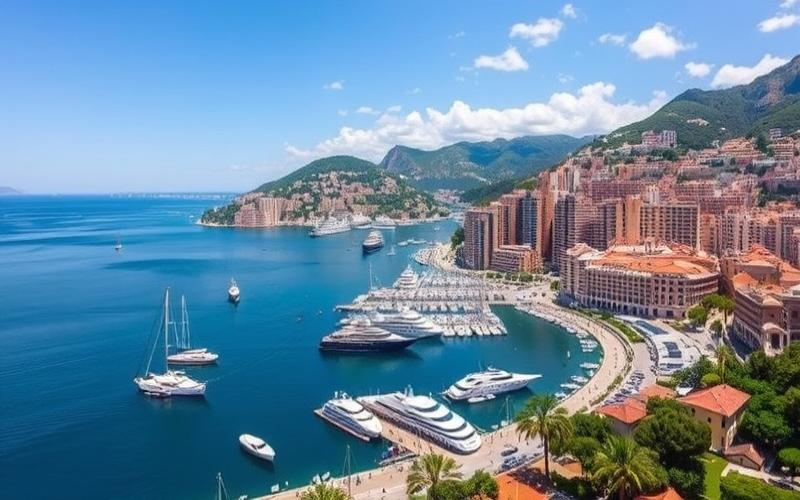
 Published on and written by Cyril Jarnias
Published on and written by Cyril Jarnias
Investing in Monaco Parking: A Golden Opportunity
In a world where traditional investments are becoming increasingly volatile, exploring alternative options has become essential for savvy investors. One of the most intriguing emerging markets is parking in Monaco, offering profit potential that few other investments can match.
The sovereign principality, renowned for its luxury and economic dynamism, is an ideal location to evaluate opportunities in this sector. With growing demand linked to tourist influx and chronic space shortages, investing in parking facilities can prove to be a stable and sustainable income source.
Good to Know:
Monaco is one of the most densely populated places in the world, which explains the scarcity of parking spaces and their high value.
Why Monaco?
This article’s analysis focuses on the potential profitability, constraints, and unique dynamics of this often-overlooked yet highly promising market.
Understanding Monaco’s Parking Market
The Monaco parking market is characterized by sustained demand due to high urban density, visitor influx during major events (like the F1 Grand Prix), and the Principality’s active mobility policies. Parking management is a strategic issue for both residents and investors.
Current Demand and Available Offers
- Monaco has approximately 40 public parking facilities distributed throughout its territory.
- The recent creation of Salines Parking (1,790 car spaces, 100 motorcycle spaces) demonstrates ongoing efforts to handle peak attendance and limit downtown congestion.
- The offering also includes multimodal solutions: free shuttles during events, secure pedestrian access, electric Monabike stations in main parking facilities.
- Motorists are encouraged to park in peripheral areas through attractive rates and efficient logistics (express shuttles every ten minutes to the city center).
Local Policies & Management
- Urban policies encourage reasonable car usage: recent public parking development, regular renovation of existing infrastructure.
- Accessibility is optimized through:
- Dedicated shuttles
- Facilities for people with reduced mobility
- Digital reservations (Resaweb)
- Differentiated pricing based on location or events
Impactful Urban Trends
| Trend | Effect on Supply/Demand |
|---|---|
| Urban densification | Structural demand increase |
| Promotion of soft mobility | Integration of bikes/Monabike in parking facilities |
| International events | Seasonal demand increase |
Recent investments in Salines Parking illustrate this continuous adaptation.
Current Prices and Outlook
Rates vary by location:
- Peripheral areas: Incentive preferential prices (e.g., Salines Parking)
- City center: Higher rates reflecting land scarcity
The trend remains upward due to:
- General real estate pressure
- Technological investments made by public operators
Local Taxation & Subsidies
No major tax reforms have been announced recently specifically for this sector. However:
Monegasque taxation generally favors foreign investors but remains neutral in this segment.
Subsidies may occasionally support certain innovative infrastructure related to soft or green mobility.
Competition Between Private/Public Operators
| Criteria | Public | Private |
|---|---|---|
| Network | Majority | Marginal |
| Pricing | Regulated | Free/higher |
| Innovation | Strong digitalization | Contract flexibility |
The public sector dominates overwhelmingly with strict regulation aimed at accessibility and urban fluidity.
Investment Opportunities & Influencing Factors
Opportunities:
- Investment in new peripheral parking or smart parking integrating green technologies.
- Public-private partnerships for operation or renovation.
Determining Factors:
- Economic
- Land scarcity favoring long-term asset valuation
- Political
- Reassuring Monegasque institutional stability
- Pro-shared/green mobility initiatives potentially creating new niches
- Social
- Strong preference for comfort/digital usage related to parking
- Recurrent tourist pressure ensuring high occupancy even off-season
⬛ In summary, investing in Monaco’s parking sector offers solid prospects thanks to local economic dynamism, strong institutional support, and centralized management that drastically limits excessive speculative risk.
Good to Know:
Monaco’s parking market is constantly evolving, marked by strong demand stemming from urban density and limited available space. Local policies are strict regarding new parking construction, favoring underground structures to preserve urban aesthetics. With prices reaching several hundred thousand euros per space, parking becomes a valuable asset, though tax reforms and subsidies may moderate costs for savvy investors. Recent urban redevelopment projects, like Fontvieille district, directly influence supply and demand, while competition intensifies between public operators and private owners. For investors, opportunities lie in long-term leasing to residents and businesses, particularly in anticipation of prestigious events like the Formula 1 Grand Prix, while considering economic and political factors that could affect future profitability.
Profitability Analysis of Monegasque Parking
Investment Costs for Acquiring or Constructing Parking in Monaco:
- Land Prices: Land in Monaco is among the most expensive globally, constituting a major portion of initial investment. Costs can skyrocket due to space shortages and high demand.
- Construction Fees: Recent large projects demonstrate high investments. For example, the “La Brasca” project plans a giant parking facility with an estimated budget of €1.2 billion for all related infrastructure.
- Local Taxes: Investors must also account for real estate transaction taxes and specific Monegasque taxation on real estate operations.
Potential Revenue Generated by Monegasque Parking:
- Standard Hourly Rates (2025):
- 1h15: €2.80
- 1h30: €4.40
- 2h00: €7.30
- Night package (7pm–8am): €0.70/15 min
- Monthly Subscriptions
| User Type | Monthly Rate |
|---|---|
| Residents | €115 |
| Employees | €105* |
High average occupancy rate, supported by dense resident population and several million annual visitors.
Local demand remains sustained by tourist flow and limited available spaces.
Economic Trends & Government Policies Influencing Parking Market:
- Major projects like “La Brasca,” intended to significantly increase capacity while modernizing urban infrastructure and reducing automobile traffic downtown.
- Shift toward eco-friendly solutions with promotion of public transport and incentives for electric vehicles (free or priority parking).
- Integrated urban logistics development (example of Goods Reception Point at Salines Parking), highlighting growing functional diversification.
Comparison of Potential Return on Investment with Other Regional Real Estate Assets:
| Asset Type | Estimated Gross Yield* | Liquidity |
|---|---|---|
| Parking | Moderate/High | Good |
| High-end Residential | Low/Moderate | Very Good |
| Commercial/Office | Variable by location | Average |
Parking often benefits from:
- Reduced operational costs
- Low vacancy rates
But their asset appreciation potential is generally lower than prime residential properties.
Risks Associated with This Investment:
List of main risks:
- Regional economic fluctuations potentially impacting tourist attendance
- Potential saturation risk if too many new spaces are created
- Unfavorable regulatory developments (restrictions on combustion vehicles…)
“Monaco is actively seeking to reduce urban automobile traffic through its major structural projects.”
Concrete Examples – Observed Successes & Failures:
Success:
The renovated Casino Parking maintained high occupancy rates thanks to its strategic location near major tourist areas. Regular rate adjustments enabled dynamic adaptation to the local market.
Innovative Example:
The opening of the Goods Reception Point at Salines Parking combines modern urban logistics and user service—showing that diversifying offerings sustainably increases economic attractiveness even beyond conventional parking.
Observed Limitations:
However, some small private parking facilities struggle against increased competition from modern subsidized public infrastructure or those benefiting from preferential rates for local residents/employees. Investors reported that without clear differentiation or additional services offered, maintaining superior returns becomes difficult in this ultra-competitive context.
Feedback gathered from local experts particularly emphasizes that:
Location remains decisive; only ideally situated parking or those offering specific added value guarantee sustainable profitability in Monaco's ultra-competitive market.
Good to Know:
Investing in Monaco parking requires thorough analysis of initial costs, including high land prices, construction fees often exceeding those in other regions, and considerable local taxes. Potential revenues, although promising with high parking rates due to strong demand, depend on average occupancy—often high but seasonally variable. Economic trends indicate urban development projects could increase demand, while tax incentives are limited. Compared to other regional real estate investments, parking offers potentially stable returns but carries risks such as market saturation or regulatory changes. Recent examples show successful investments in this sector fully exploit strategic locations and efficient management, while failures occurred due to inadequate planning and cost underestimation. Expert testimonials emphasize the importance of rigorous due diligence and adaptation to market evolution.
Factors Influencing Parking Space Yield
The factors influencing parking space yield in Monaco are numerous and strongly linked to the Principality’s geographical, economic, and regulatory particularities.
Parking Location
- Proximity to tourist zones, such as the Casino, Port Hercule, or Monte-Carlo district, significantly increases demand and thus profitability.
- Parking near business centers (Fontvieille, La Condamine) benefits from high weekday attendance by employees.
- In residential neighborhoods, demand is sustained by residents often facing limited on-street availability.
| Zone | Demand Level | Average Monthly Rate |
| Tourist Areas | Very High | Up to €600,000 purchase for large space |
| Business Centers | High | ~€105/month for employees (2024) |
| Residential Areas | High | ~€107/month for residents |
Local Regulations
- Monaco applies differentiated pricing policies based on user type: residents, employees, or civil servants may benefit from preferential rates or specific discounts.
- On-street parking is strictly regulated with only about 1,000 spaces. Rates are high (€2.40/h average), except in some sectors where they reach €1.50 for 30 minutes. Electric vehicles benefit from free on-street parking.
- Mobile applications facilitate payment and parking access through the Extended Monaco program.
Seasonal Variation and Tourism
During major events (F1 Grand Prix, Yacht Show…), demand temporarily skyrockets.
Summer tourist influx also causes seasonal occupancy rate peaks.
Current Mobility Trends
The rise of electric vehicles translates to:
- Free on-street parking for these vehicles
- Growing appeal for spaces equipped with suitable charging stations
- Specific discounts on public parking subscriptions
Public Policies:
“We always try to stay below inflation.”
— Public Parking Director
Widespread digital payment via Monapass/PayByPhone also responds to evolving urban usage patterns.
Geographical Constraints & Urban Saturation
Monaco suffers from:
- A structural shortage linked to its small area and extreme density
- Very high land costs; parking space prices range between €150,000 and €600,000, or more depending on size/location
This drives predominant development of secure underground parking—a costly but unavoidable solution given the lack of available above-ground space.
Analysis of Potential Investment Risks
Main risks:
- Potential increased tax pressure due to local budgetary challenges
- Regulatory changes potentially undermining current advantages (preferential rates or taxation)
- Urban saturation potentially limiting any significant new creation despite persistent strong demand
- Rapid obsolescence: quick shift toward soft/electric mobility risks negatively impacting non-adapted infrastructure
Key summary points:
⬛ Insufficient supply facing persistent strong demand
⬛ Segmented pricing based on user profile
⬛ High real estate valuation due to unique land constraints
⬛ Necessary adaptation facing technological/ecological shifts
Good to Know:
In Monaco, parking space yield depends on several key factors. Location is paramount, particularly proximity to tourist areas, business centers, and luxury residences, as it directly influences demand and rental prices. Strict parking regulations impose additional costs and restrictions, making knowledge of local laws an essential asset. Seasonal influx and international events, like the Grand Prix, can cause significant demand fluctuations. Electric vehicle development and paid parking policies add a layer of complexity, requiring infrastructure investments like charging stations. Urban saturation in the Principality makes spaces suitable for parking projects rare and expensive, increasing financial investment risk, while regulatory or tax changes can impact profitability.
Disclaimer: The information provided on this website is for informational purposes only and does not constitute financial, legal, or professional advice. We encourage you to consult qualified experts before making any investment, real estate, or expatriation decisions. Although we strive to maintain up-to-date and accurate information, we do not guarantee the completeness, accuracy, or timeliness of the proposed content. As investment and expatriation involve risks, we disclaim any liability for potential losses or damages arising from the use of this site. Your use of this site confirms your acceptance of these terms and your understanding of the associated risks.

